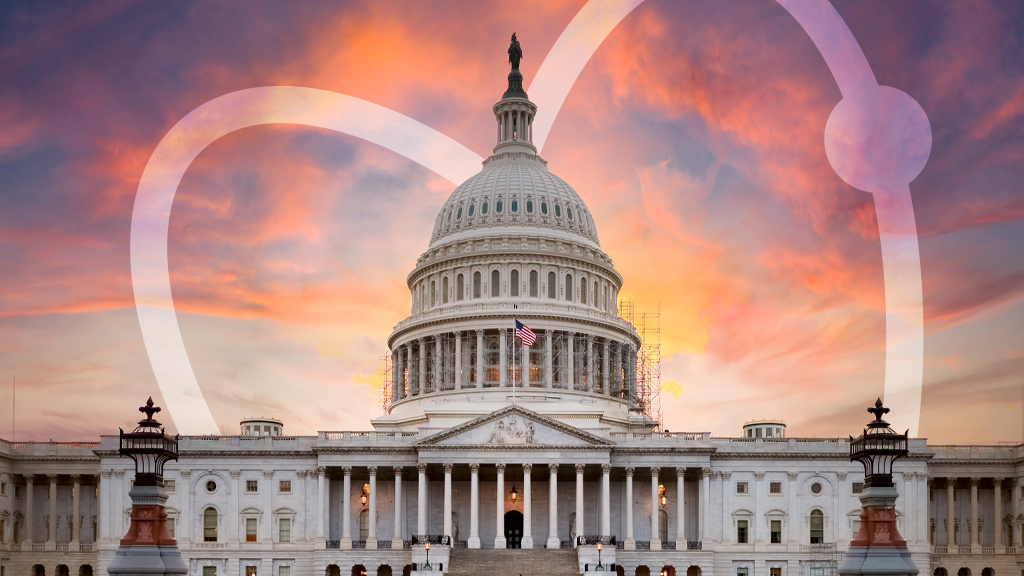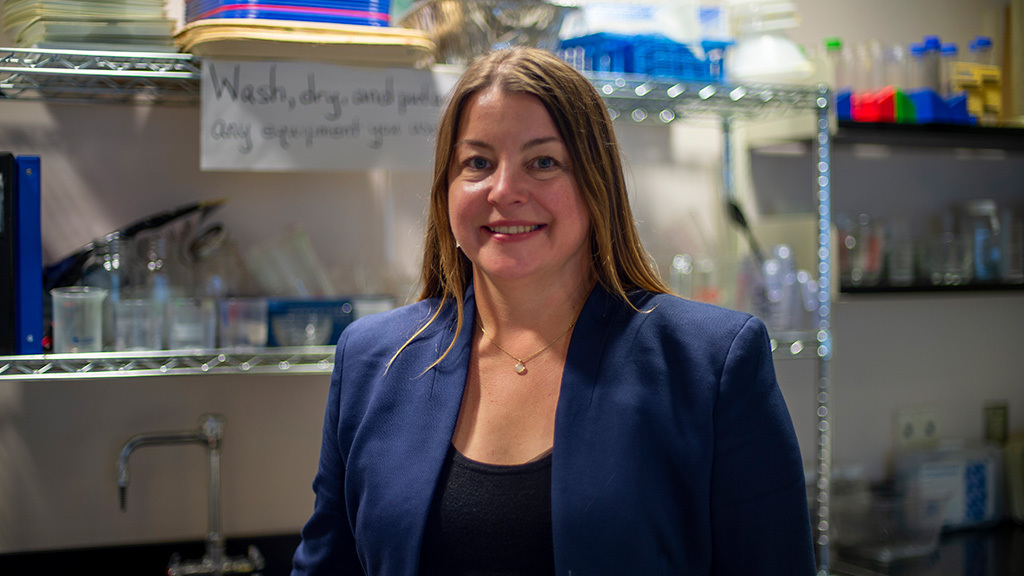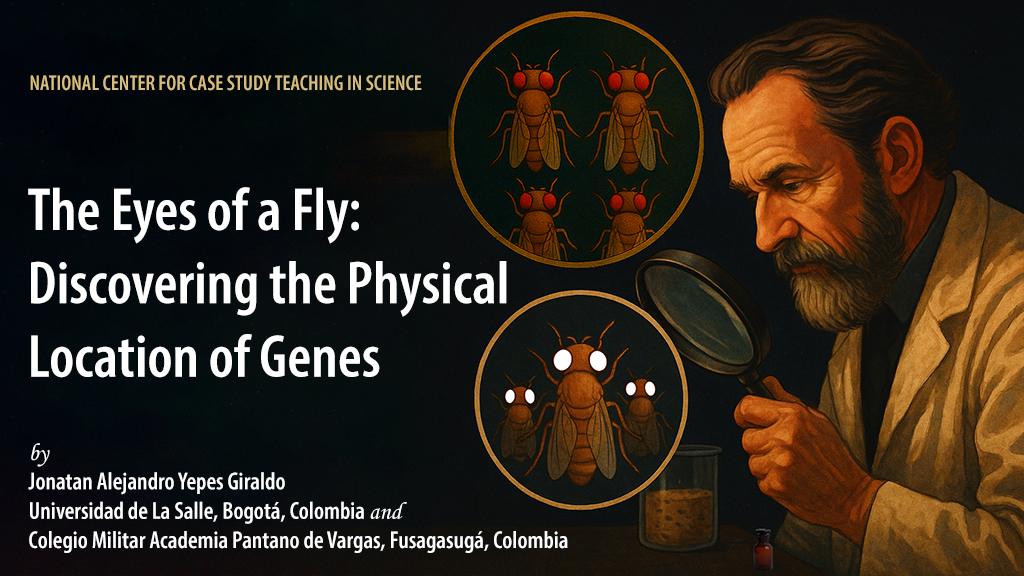The Science of Hurricanes, Earth’s Most Powerful Storms, May 7, 2026
 Join us on Thursday, May 7, 2026, from 7:00 PM to 8:00 PM ET, to learn the basic science behind the formation, growth, and lifecycle of hurricanes, as well as groundbreaking research in better predicting these powerful storms.
Join us on Thursday, May 7, 2026, from 7:00 PM to 8:00 PM ET, to learn the basic science behind the formation, growth, and lifecycle of hurricanes, as well as groundbreaking research in better predicting these powerful storms.
 Join us on Thursday, May 7, 2026, from 7:00 PM to 8:00 PM ET, to learn the basic science behind the formation, growth, and lifecycle of hurricanes, as well as groundbreaking research in better predicting these powerful storms.
Join us on Thursday, May 7, 2026, from 7:00 PM to 8:00 PM ET, to learn the basic science behind the formation, growth, and lifecycle of hurricanes, as well as groundbreaking research in better predicting these powerful storms.
 Join us on Thursday, May 7, 2026, from 7:00 PM to 8:00 PM ET, to learn the basic science behind the formation, growth, and lifecycle of hurricanes, as well as groundbreaking research in better predicting these powerful storms.
Join us on Thursday, May 7, 2026, from 7:00 PM to 8:00 PM ET, to learn the basic science behind the formation, growth, and lifecycle of hurricanes, as well as groundbreaking research in better predicting these powerful storms.
 Join us on Thursday, May 7, 2026, from 7:00 PM to 8:00 PM ET, to learn the basic science behind the formation, growth, and lifecycle of hurricanes, as well as groundbreaking research in better predicting these powerful storms.
Join us on Thursday, May 7, 2026, from 7:00 PM to 8:00 PM ET, to learn the basic science behind the formation, growth, and lifecycle of hurricanes, as well as groundbreaking research in better predicting these powerful storms.








